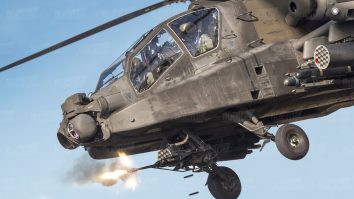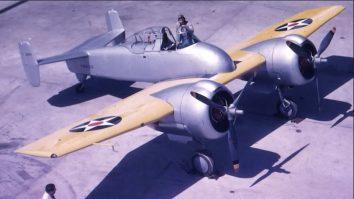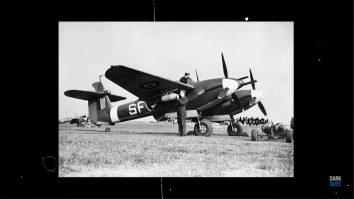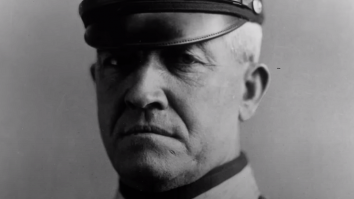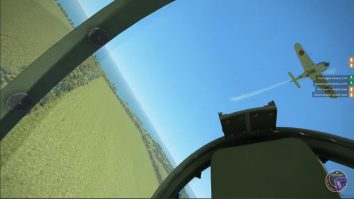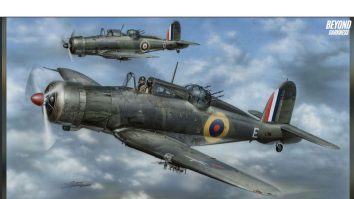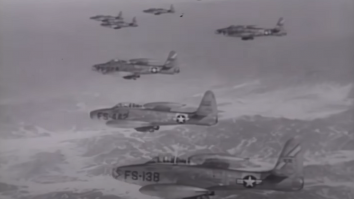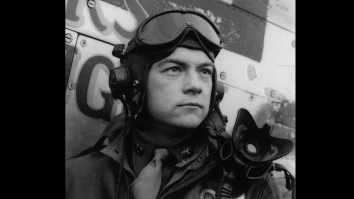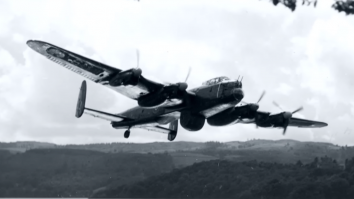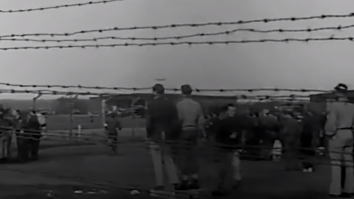1. Tried and Tested Boeing’s AH-64 Apache was introduced into the US service in 1986 and is still being operated today. In total, the Apache has flown 4.8 million hours of flight time. In those hours, 1.3 million were spent in combat. 2. Self-Protection Sensors AH-64s are fitted with sensors and infrared jammers to protect […] More
The Grumman XF5F Skyrocket was a prototype two-engine shipboard fighter-interceptor of the United States. Despite its stellar performance, it wasn’t enough to put it into production. Here are the five facts you need to know about the Grumman XF5F Skyrocket: 1. It was known for its unique look It was a twin-engine, low-wing monoplane with […] More
The Westland Whirlwind was a British twin-engine heavy fighter and fighter-bomber aircraft. Although impressive when it was first introduced, it was eventually doomed because of its choice of engines. Here are ten interesting facts about the forgotten Westland Whirlwind: 1. The fighter had a highly innovative design for its time It had a set of […] More
The forgotten “Fightn’est Marine” left a legacy full of bravery and heroism. We’ve listed down 10 facts about this one-of-a-kind Marine below. 1. Idolized War Heroes One of the many reasons why Daniel Daly was interested in serving was his interest in war heroes. As a kid, Daly was enamored by heroic figures he read […] More
Shooting down planes was something Thomas McGuire always excelled at. He was known as one of the most decorated American pilots in WWII and the second-highest scoring ace of the war. Ace in Two Days On August 1943, McGuire was part of the group that flew top cover for bombers striking at Wewak, New Guinea. […] More
If a particular city is experiencing a hurricane, will it still be safe to fly? Are airplanes can fly in hurricanes? Technically, yes. As long as the wind and weather are within safe parameters, a pilot can fly a plane even when a hurricane occurs. However, they have to ensure certain conditions are met before […] More
In the aviation world, there’s a long list of airplanes that did not live up to their promise, and one of them would be the Blackburn Roc. Whenever this name is mentioned, it’s almost impossible not hearing negative stories about it. But does the Blackburn B-25 Roc deserve its reputation? Was it that bad? The […] More
1. Watch Your Step It wasn’t enough that American soldiers had to traverse the thick jungles of Vietnam while facing the elements. In their paths lie booby traps and mines that the opposition carefully placed to deter the American forces from advancing. They had to watch where they were going, or they risked getting blown […] More
The day fighter turned fighter-bomber has now been forgotten by many. Today, we look at 10 facts you might have not known about Republic’s F-84 Thunderjet. 1. First Aircraft Flown By Thunderbirds When the USAF Thunderbirds started in 1953, the first ever plane they operated was the F-84G Thunderjets. They continued to use the Thunderjets […] More
Jack Ilfrey was the first American P-38 ace pilot of WWII and perhaps one of the luckiest aces during his time. Below, we tackle how the American ace managed to maneuver away from total failure. Out Of Fuel One of his P-38’s drop tanks malfunctioned while on the way to North Africa. Because of […] More
1. Used Underpowered Engines The Lancaster originated from the Manchester – a bomber powered by the still-in-development Rolls-Royce Vulture engines. Though the airframe had no problems, the plane’s performance suffered heavily because of the engines. Years later, Avro submitted a proposal for a four-engined Manchester. This time, it was powered by Rolls-Royce Merlin engines, solving […] More
Prisoners Once More Technically free men, the Allied POWs in Barth, Germany, still had a long way to go before they could come home to their respective countries. On April 30, the Germans in charge of the camp left their posts to evade the incoming Soviet Union’s Red Army. A day later, the Red Army […] More


